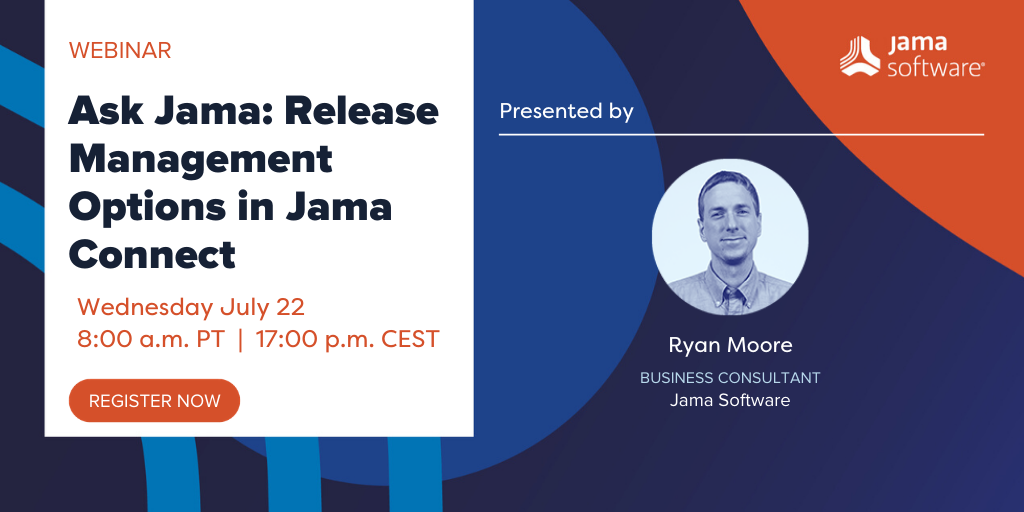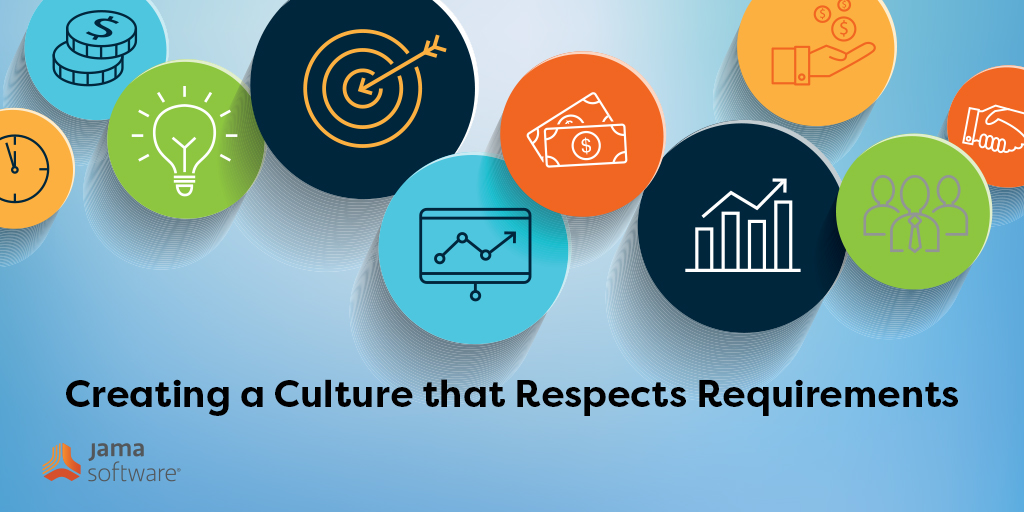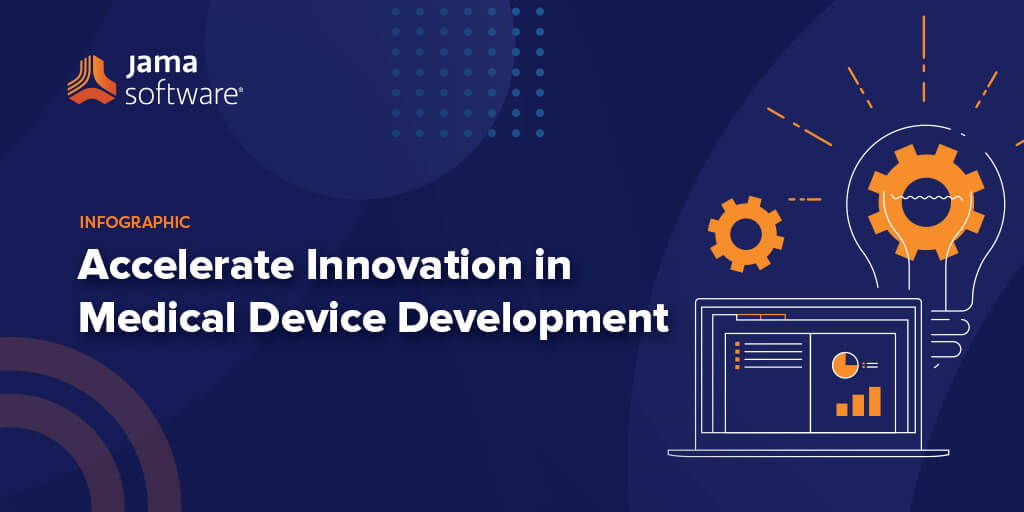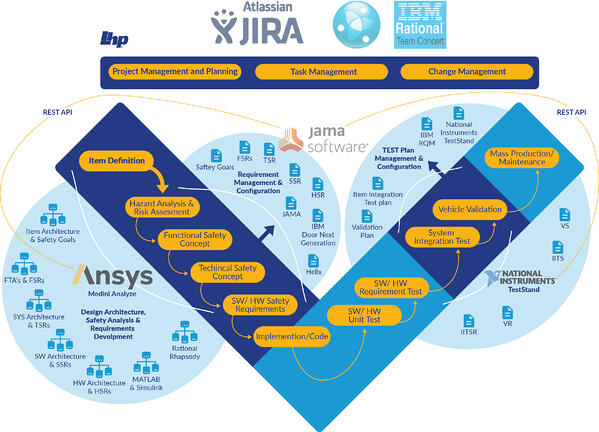What is the truth?” can sound like an abstract philosophical question with no definitive answer. But for teams developing complex products like medical devices and connected cars, it’s a much more practical concern – as in, the truth about the current state of the project’s requirements, risks, and tests is often unclear. This is where centralizing your requirements, test, and risk in one place is key.
This uncertainty stems mostly from inefficient tools and processes for requirements management, rather than from anything that someone did wrong. More specifically, the widespread reliance on emailed documents and on general-purpose software such as Microsoft Word and Excel limits collaboration and results in miscommunications, silos, and rework.
The silver lining of this situation is that it’s possible to find the truth, once better tools are in place. A requirements, risk, and test management platform that centralizes everything into one system of record can provide the single source of truth missing from many product development processes.
The Problem with Having Multiple Versions of the Truth
When project activities are spread across different documents and communications channels, it becomes difficult for teams to coordinate their workflows and gather, author, and ultimately move forward with agreed-upon requirements – i.e., “the truth.” Instead, multiple disparate versions fill the vacuum, meaning outdated or flawed requirements make it too far into development.
The annual Project Management Institute (PMI) Pulse of the Profession survey has, over the years, flagged this particular issue as a common impediment to project management success. For example, the 2017 edition found that inaccurate requirements gathering, along with poor communication and problems managing frequent changes in priorities, was among the most cited challenges in project management.
The 2020 edition also highlighted the growing strategic importance of using modern technologies to support complex projects. Respondents thought that selecting the right tools and improving organizational agility were the biggest determinants of project success. In other words, relying on manual processes and aging platforms will hold organizations back by making it more challenging to find a single version of the truth and use it to respond to change.
Looking at these results, it becomes apparent both how multiple versions of the truth can arise and how legacy tools worsen the issue:
- As projects evolve, key updates are manually circulated in lengthy documents that can get lost in inboxes. This communication process complicates the tracking of requirements and the changes to them, leading to different versions of the truth plus long review cycles.
- Given the pace and complexity of development, it may also never be clear if a document is the latest one, or if it accounts for all risks. Teams may end up in silos, while attempts at reconciling various documents begin too late or are just too time-consuming to succeed.
- Since Word and Excel are not specifically built for managing requirements, they require a lot of extra manual work for this purpose. For example, teams have to create their own ad hoc processes for adhering to industry standards when using documents and spreadsheets.
Similar problems exist with legacy requirements management (RM) platforms like IBM® DOORS®, which make difficult to integrate with other tools while also constraining users with outdated and cumbersome capabilities for change management, impact analysis, and requirements traceability.
Making the Upgrade: How Centralization Benefits Product Development
Creating a single source of truth, one that’s both authoritative and easy for contributors to access, is essential when building complex products. To see why, consider the case of electric vehicle manufacturer Rimac Automobili, which had previously recorded most of its requirements in Word and Excel.
Decentralized vs Centralized RM
Under this old, decentralized way of managing requirements, siloed teams often moved forward with key changes without consistently communicating the details and effects of these decisions to others. Sending an email describing the update did not guarantee that someone would really know what was going on, or it could get buried beneath many other messages.
Although the company also used OneNote to create a list of numbered requirements, those identifiers often became quickly outdated. Multiple versions of the truth emerged from the confusion of using different applications and numbering systems to manage requirements
As a result, review processes became cumbersome as teams struggled to stay in sync. But Rimac saw comprehensive improvement in its RM processes once it implemented Jama Connect, a single platform for managing requirements, risks, and tests.
The Advantages of Centralizing Your Requirements in One Place
By making the switch, the company established a unified system of record (i.e., one version of the truth), in which project contributors could reliably see current requirements along with their historical contexts and how they connect to tests.
The more specific benefits of implementing a requirements management platform like Jama Connect include:
Real-Time Collaboration
Not only does everything product development related live in the same platform, but any changes to items can be efficiently communicated to contributors for quick, informed action. After being notified, team members can collaborate in real time in a shared system, with up-to-date statuses, rather than asynchronously over email.
Simplified Compliance
When multiple versions of the truth are in play, it becomes much more challenging for teams to ensure that everyone’s different processes have been aligned around specific industry standards and will meet compliance requirements. A centralizing your requirements in one platform eliminates this doubt while also saving time, with guided workflows and frameworks. The end result is a more straightforward way to prove compliance with industry-specific regulations and standards.
End to End Traceability
Traceability is difficult when managing requirements across multiple systems and manual processes. In contrast, centralizing your requirements in one solution like Jama Connect automatically saves user inputs, allows you to view the impact of change before the change is made, and ensure product quality with complete coverage. Traceability in Jama Connect ultimately allows you to view related product data to make better decisions throughout the development lifecycle.
Jama Connect can help you create one version of the truth for your product development processes. Learn more by connecting with us today.
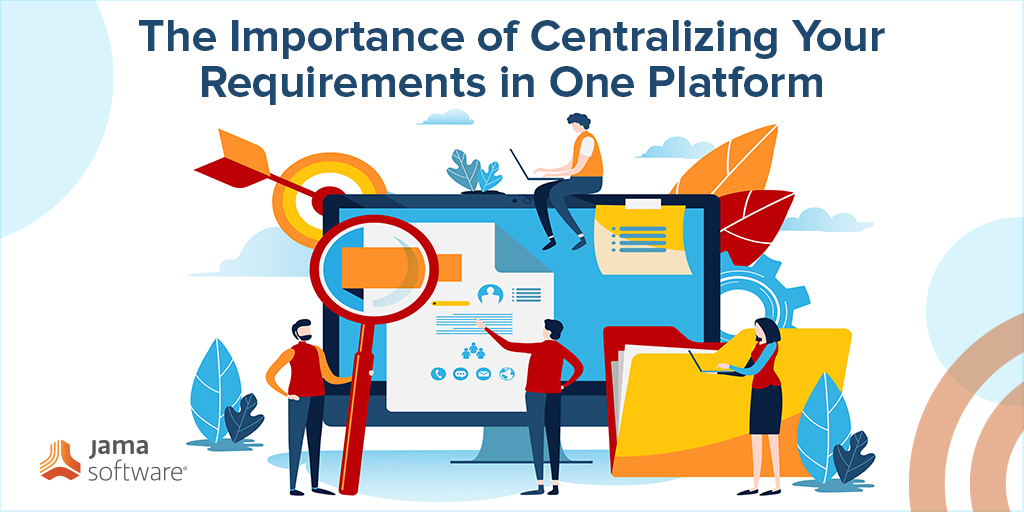
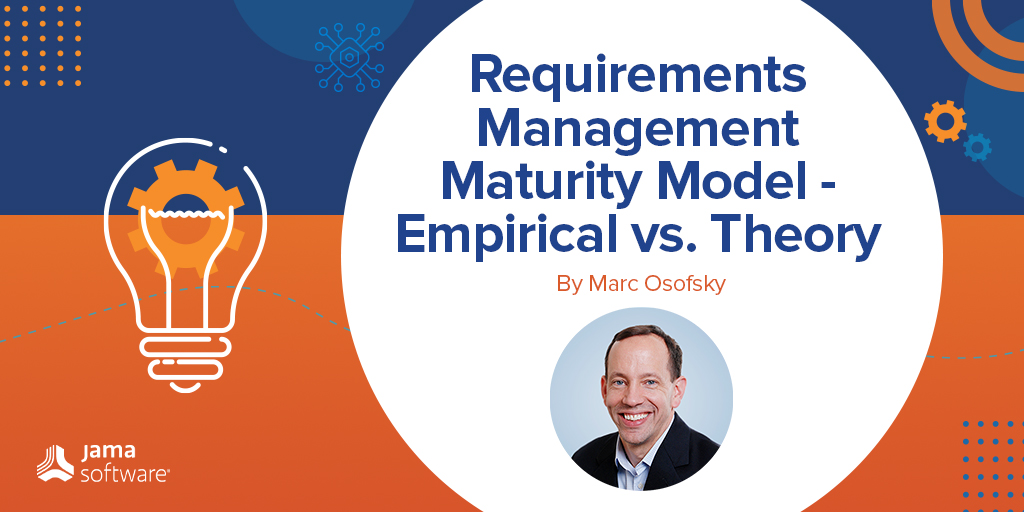 Being a former McKinsey consultant,
Being a former McKinsey consultant, 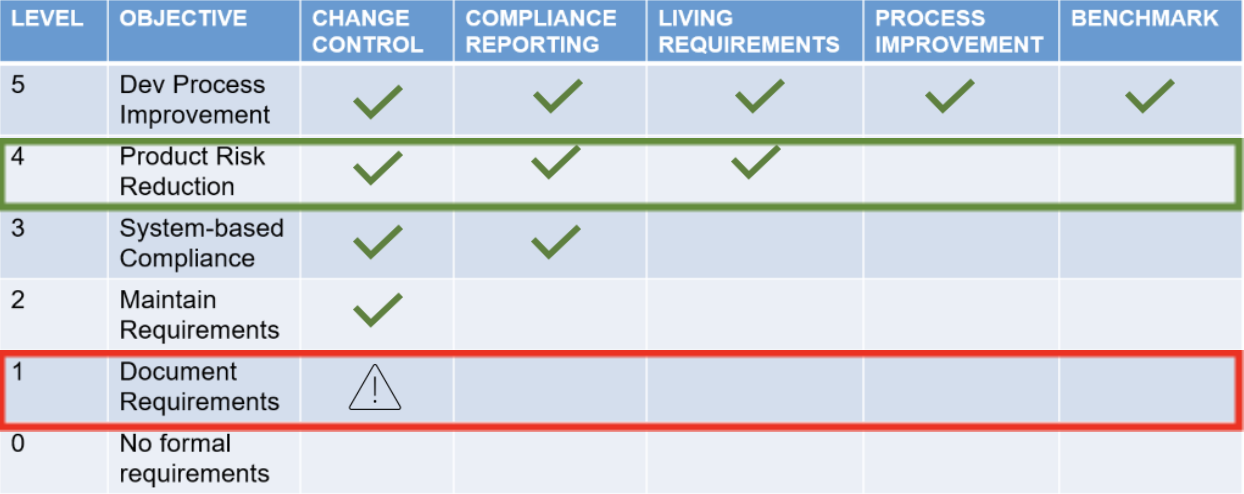
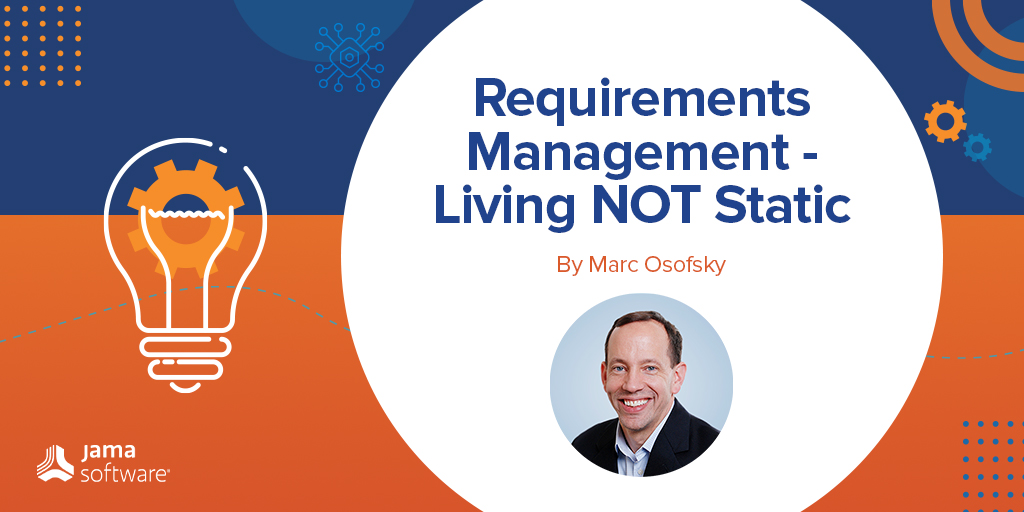
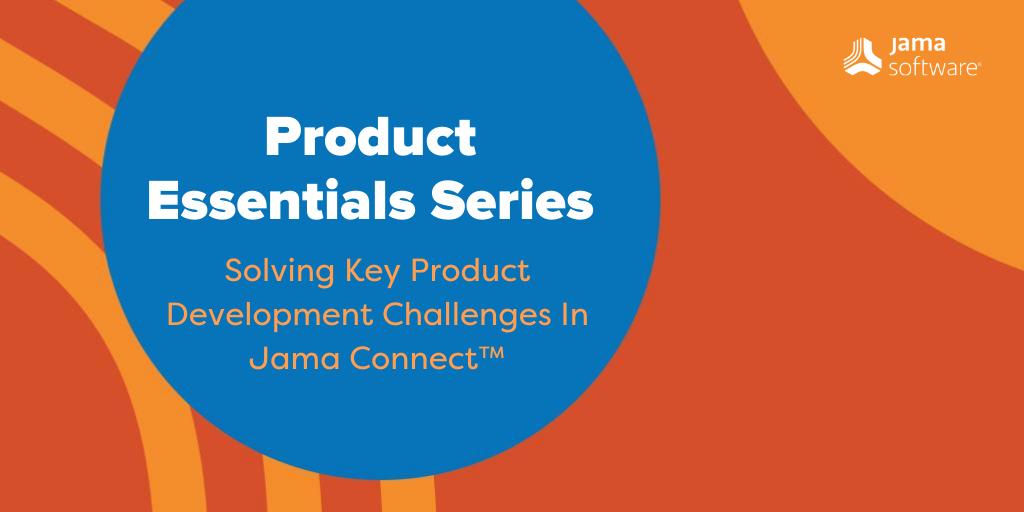 With over 12.5 million active users, organizations around the globe rely on Jama Connect to help bring complex products to life. Innovative companies choose Jama Connect to improve quality, reduce rework, prove compliance, and get to market faster.
With over 12.5 million active users, organizations around the globe rely on Jama Connect to help bring complex products to life. Innovative companies choose Jama Connect to improve quality, reduce rework, prove compliance, and get to market faster.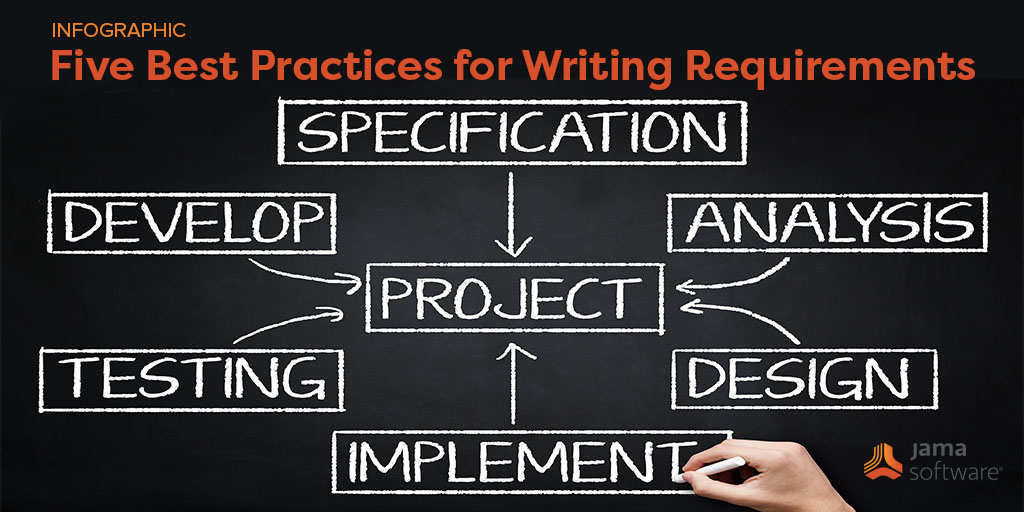 Better requirements lead to clearer, more effective communication between a product’s stakeholders — creating ripple effects across the entire organization including greater transparency; less rework; and, accelerated development without sacrificing product quality. While writing requirements is both an art and a science that will vary by context, there are a few best practices to consider.
Better requirements lead to clearer, more effective communication between a product’s stakeholders — creating ripple effects across the entire organization including greater transparency; less rework; and, accelerated development without sacrificing product quality. While writing requirements is both an art and a science that will vary by context, there are a few best practices to consider.